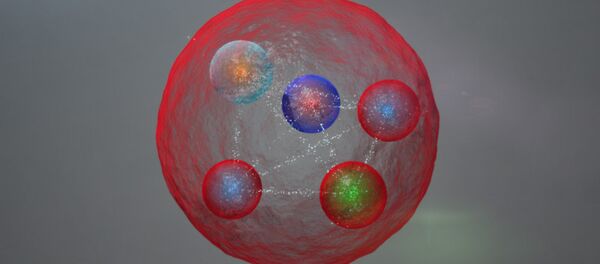NOVOSIBIRSK, July 4 (Sputnik) — Earlier, the Russian scientists said they developed and manufactured an injector that could contribute to more than double increase in productivity of the Large Hadron Collider (LHC).
"Scientists of the Budker Institute of Nuclear Physics of SB RAS and CERN signed an agreement on developing software, which is designed to unify information platforms of all experiments of the Large Hadron Collider. It is called CRIC – Computing Resource Information Catalog, and it will start operating in CERN at the end of 2017," the SB RAS said in an article published in its news outlet.
The statement clarifies that CRIC will be an enhanced version of the institute’s system ATLAS Grid Information System (AGIS) that was used by CERN before in ATLAS (A Toroidal LHC ApparatuS), one of the seven particle detector experiments at the collider.
The LHC, the world's largest and most powerful particle accelerator, was set up in 2008 with the goal of gaining an insight into the mystery of dark matter. It consists of a 27-kilometer (almost 17 miles) ring of superconducting magnets with several accelerating structures increasing the energy of particles, according to the LHC website.




